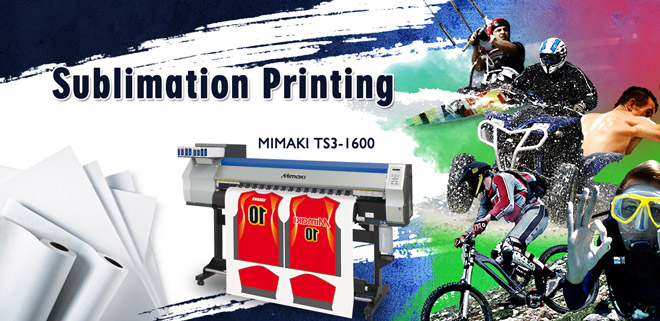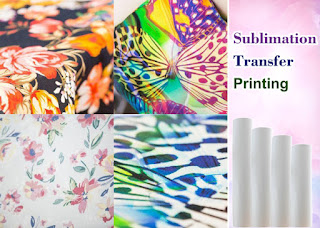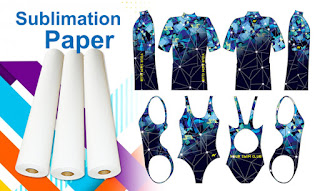Which is the right print side of the sublimation paper?

Which is the right print side of the sublimation paper? Sublimation paper is one type of coated paper, and most of the sublimation transfer paper comes with right and wrong side for printing.if you print on wrong side, the transfer will not have best color,will result in a poor transfer which looks mottled and washed out, and you'll have to do it again. So dye sublimation paper can only be printed on one side (which is the release side). This article next will firtstly talking about the right printing side of the sheet (such as the A3 A4) sublimation paper. Printing on the wrong side happens a lot in sheet sublimation paper . People always ask their supplier “which side to print", normally the answer is "the brighter side is the printing side", but for some people who have bad view , just like me, are incapable of telling the very small difference between two things, then we still have a big problem in identify the correct side. Today we will share










